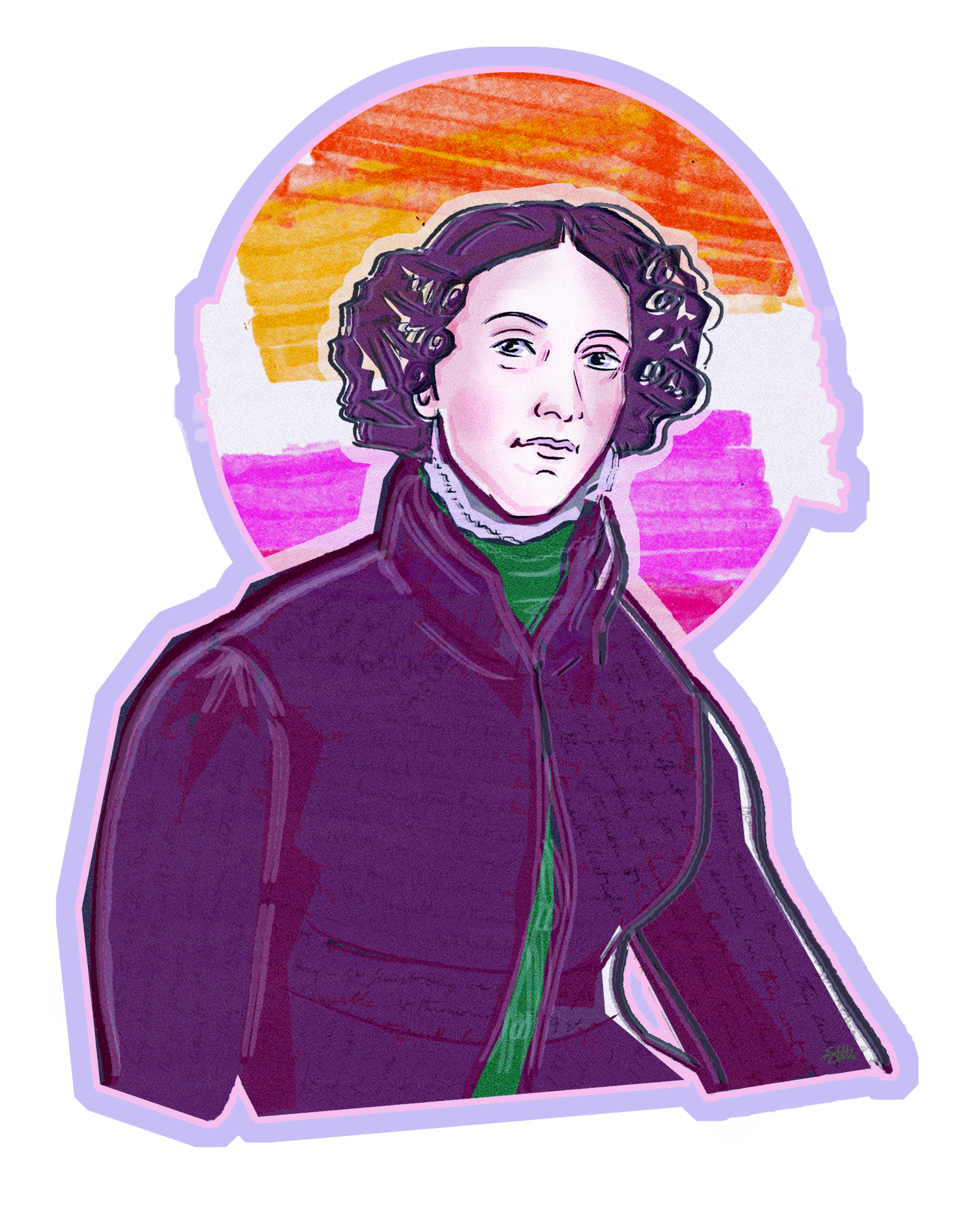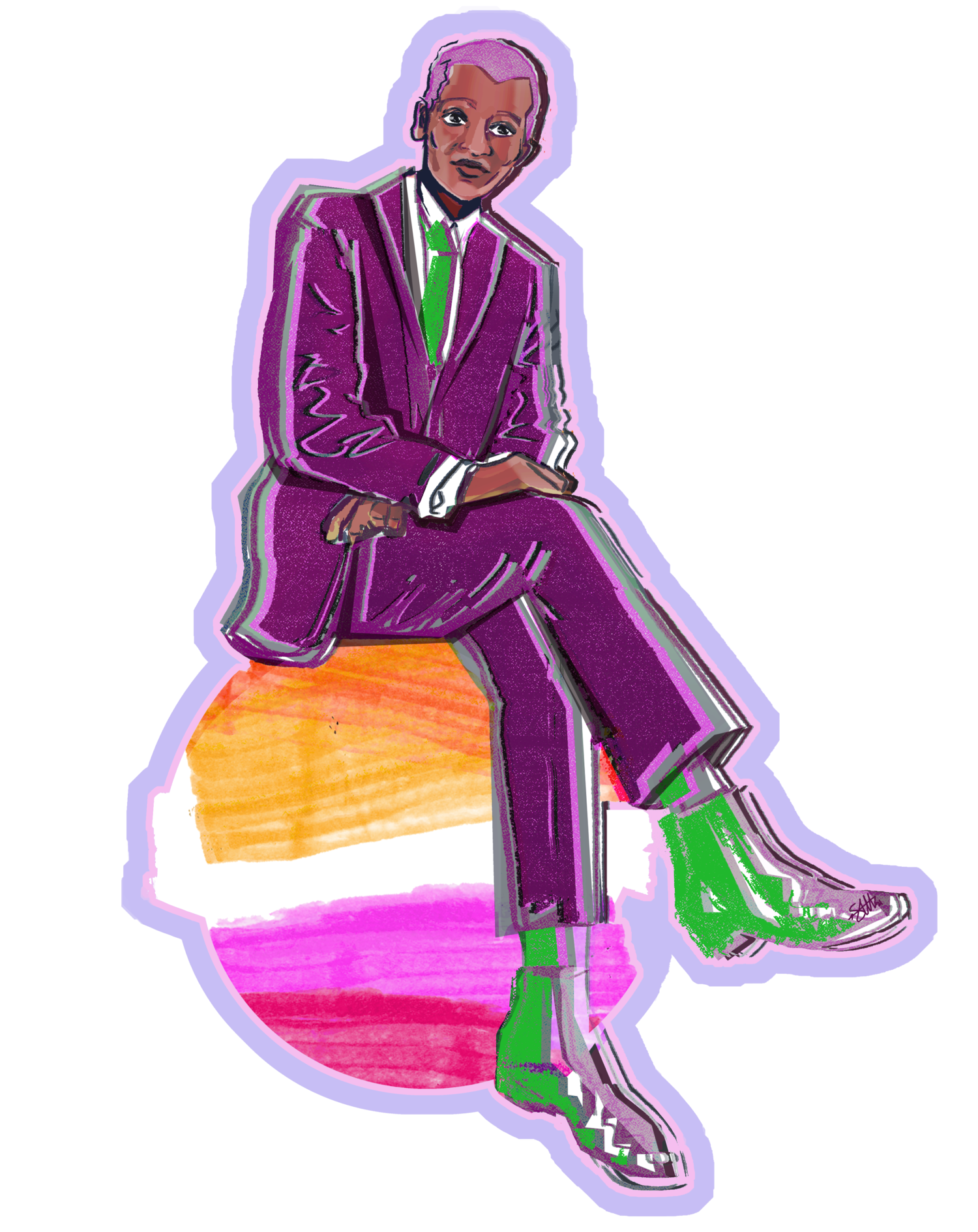Dressing Dykes: The History of Fashion is Full of Lesbians
Make it stand out
Fashion history was never straight. The lineage of lesbians stretches back hundreds of years, and the clothing that they wore was often representative of that, if not the language that they had to describe themselves. When we talk about “fashion history” there’s probably a few things that come to your mind - perhaps designers like Dior or Chanel, models like Kate Moss or Naomi Campbell, or maybe Bridgerton-esque period costumes, with heaving bosoms and full skirts.
Lesbians seem invisible in this landscape of lace and corsets, runways and magazines. The truth is, though, like with most things - we are everywhere. Not invisible, but under-researched and under-represented. I spend my days researching lesbian fashion histories for my blog, Dressing Dykes, so I have examples piled up, ready to share. The following overview is just the start of a monthly column doing a deep dive on different eras of dyke fashion choices.
If I say that “Fashion history was never straight”, I really mean that. Let’s start with Vogue magazine, one of the staples of fashion and how we often document changes in fashion over the last century or so. British Vogue was launched in 1916, and only 6 years later, in 1922, its editorship was taken over by a lesbian, Dorothy Todd. She ran the magazine with her lesbian partner, Madge Garland, for 4 years, and together they transformed it into the fashion staple that we understand it as today. They made British Vogue into a hub of modernity, but also queerness. Lesbian and modernist fashion were thoroughly intertwined with each other - short haircuts, for example, become more acceptable for women throughout the 1920s, which suited many a lesbian’s self expression just fine. British Vogue helped pioneer fashions such as this.
Dorothy Todd had to step down from the magazine in 1926 because Condé Nast disapproved of the modernist slant it was taking with her at the helm. Her fashion career ended at this point, but her legacy continued. Madge Garland, on the other hand, continued moving and shaking in the fashion world for the rest of her life, setting up the first degree programme in fashion design in Britain at the Royal College of Art and after her retirement, writing books on fashion history.
Both women in this relationship had lives that ran parallel to the trajectory of fashion in the twentieth century.
Madge and Dorothy were working at Vogue almost a century ago, but what about lesbian fashion that goes back further, into the Victorian era and beyond?
You’ve probably heard of Anne Lister, the lesbian hieress who inspired Gentleman Jack with her diaries packed full of details about her lesbian relationships. Her heavily-coded diaries cover more than just her sexual and romantic relationships. They tell us about her relationship to clothing, the fashions that she wore, and how she - a lesbian, or a non-normative woman - chose to dress. For example, on the 2nd September 1817, Anne wrote about her new decision to always wear black, which she stuck by for the rest of her life: “Went in black silk, the 1st time to an evening visit. I have entered upon my plan of always wearing black” (from Helena Whitbread’s The Secret Diaries of Miss Anne Lister).
There’s a lot that can be said about her decision to wear black, as it was largely a masculine colour and one that, throughout the nineteenth century, began to only be worn by women when they were in mourning. At this time, Anne was not in mourning… unless we count the mourning of her relationship with long-term girlfriend Marianna, who had recently married a wealthy gentleman. If this was the case, Anne’s relationship to clothing was innately tied up with her feelings for women. Lesbian fashion, indeed.
“Lesbian fashion history is important because for centuries clothing has been able to symbolise things that we can’t say out loud. Through fashion, lesbian identity can be expressed, however subtly.”
Anne Lister’s navigation of her personal style was definitely bold for her time. If we jump forward to 1960s New York, though, we find an amazing example of someone else who forged her own lesbian fashion path: Stormé Delarverie. Delarverie was a male impersonator (we’d probably call her a drag king now), who is often also known as the “Stonewall Lesbian.” You know the debates around who “threw the first punch” at Stonewall? It’s very likely that Delarverie, after being clubbed in the face by a police officer, was the person who prompted the crowd to fight back en masse. Her life adds up to more than this single event, and more than the clothes that she wore, but for the purpose of this article, the clothes that she wore are important.
Though she was a drag king, her style wasn’t particularly theatrical. ‘Suave’, ‘tailored’, or ‘masculine’ are words that come to mind instead when looking at photos of her. There’s one image in particular, by Diane Arbus in 1961, called ‘Stormé Delarverie, The Lady Who Appears to be a Gentleman.’
In it, Delarverie sits on a park bench with her hair closely cropped, wearing a suit. For the time - as evident in the title of the photograph - Delarverie’s appearance was a spectacle. What is extraordinary to some is purely reality for others, and Delarverie wore her suit with ease; it was not role-playing or a costume, but rather her claiming a fashion language that white, upper-class, heterosexual men thought belonged solely to them. In the 1950s and 60s, Delarverie stole the tailored suit and tie from heterosexual masculinity and clothed her lesbian body with them, and we should all be grateful for her actions today.
Lesbian fashion history is important because for centuries clothing has been able to symbolise things that we can’t say out loud. Through fashion, lesbian identity can be expressed, however subtly. It’s also a way to prioritise lesbian histories in a field where they all but don’t exist, to analyse lesbian existence through our bodily relationships with the world and our lesbian relations to material things. We don’t only exist as floating concepts or as historical ‘maybe’s. Lesbian lives are solid and our clothing can be proof of that. Plus, we could all do with some fashion inspiration that comes with a side of historical context.
Lesbian history is broad and ready to step into the limelight. All queer histories - bisexual histories, transgender histories, and more - have been covered up for too long, but lesbianism deserves a space of its own to be prioritised. I hope that you’ve enjoyed a small taste of that here and we have much more to explore in the months to come.
Words: Eleanor Medhurst | Illustrations: Sarah Haskins



